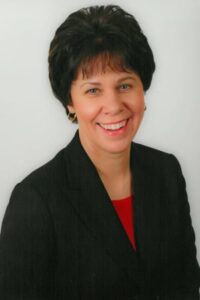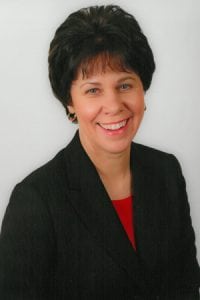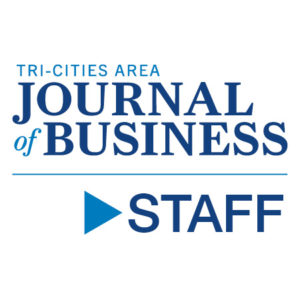
Home » Q&A with Deb Bowen
Q&A with Deb Bowen

September 13, 2018
 Deb Bowen,
Deb Bowen,Executive director,
Number of employees you oversee:
Three, although we plan to grow our staff this year.
Brief background of your business.
The STEM Foundation serves as a catalyst in ensuring all area young people are aware of, and prepared to participate in, our vibrant STEM economy. We have a special focus on reaching those students who are typically under-represented in STEM careers. Last year alone, a local investment of $100,000 to foundation operations helped support a return of more than $5.2 million in STEM education investments in the Mid-Columbia, from businesses and government sources across the state.
How did you land your current role? How long have you been in it?
I was recruited by several board members whom I had worked with on prior projects. I only agreed to stay long enough to support the development of a new strategic plan with secured funding. However, after seeing firsthand the profound impact this organization has on young lives, I discovered this was my next passion. That was nearly five years ago.
Why should the Tri-Cities care about STEM education?
A community that offers outstanding STEM education options drives its local work force and economic development and attracts top talent to our region. We support a view that STEM literacy is a foundational skill that matters for all careers. STEM builds critical thinking abilities, creativity and collaboration skills. These skills build flexibility to adapt quickly to frequent changes in the labor market.
What is one characteristic that you believe every leader should possess?
Integrity. In the case of nonprofits, our donors expect us to be wise stewards of their investments and our clients deserve our highest commitment.
What is the biggest challenge facing business owners/managers today?
Talent acquisition. We are facing a “silver-tsunami” of retirements, with not enough skilled work force to fill the projected gap.
What advice would you give someone going into a leadership position for the first time?
Read the classic: “Servant Leadership, A Journey into the Nature of Legitimate Power and Greatness” by Robert Greenleaf.
Who are your role models or mentors?
I am inspired every day by teachers and volunteers who serve passionately and without fanfare or recognition. And one of the greatest benefits of working for a board is the opportunity to learn from top executives.
I also had the good fortune of working with Lynn Fielding early in my career. He taught me, by example, an important lesson: It is astounding what can be accomplished if you don’t care who gets the credit. Lynn had a vision and unwavering determination to create the Reading Foundation. Yet in all the years he has volunteered tirelessly as the organization’s guiding force, he has never stood up and taken any credit. By shining the spotlight on others, he multiplied the impact of his efforts. His satisfaction has always been derived from the results and the impact on children’s lives, not the recognition.
How do you keep your employees (or team members) motivated?
We highly value each other and the notion that being part of a team that strives for service above self is an intrinsically rewarding and rare opportunity. Motivation is never an issue. Life-work balance, yes. Motivation, no.
How did you decide to pursue the career that you are working in today?
While I was teaching at Washington State University Tri-Cities and working as a marketing consultant, I picked up a part-time nonprofit consulting contract. From that point on, I was hooked on nonprofit leadership.
What do you consider your leadership style to be?
I strive to subscribe to a servant leadership style. As much as I have enjoyed seeing students succeed, creating an environment where staff and volunteers grow and reach their potential is a treasured career accomplishment.
How do you measure success in your workplace?
We measure quantitative goals but also highly value the quality of relationships and the trusted collaborations with partners. All of our work is accomplished through a collective impact strategy. That is, we bring together leaders from business, government, K-12 and higher education to work together to accomplish goals not attainable by any one single entity working independently. Large-scale social change, like working to improve outcomes for students and build our future work force, is best accomplished by working together.
How do you balance work and family life?
I have read so much on this topic I could quote countless tips and strategies, but the truth is this is an area that I am still attempting to master.
What do you like to do when you are not at work?
Ride my horse, hike, kayak our beautiful waterways, read and spend time with family.
What’s your best time management strategy?
I am fascinated by those rare times when I fall asleep thinking about a challenge or opportunity and wake up in the morning with a unique, creative solution. That is the ultimate multi-tasking accomplishment.
From a more traditional time management perspective, I work hard to keep organizational focus on the important goals and priorities set by our board and avoid the constant tension to redirect to those issues which are “urgent but not important.”
Best tip to relieve stress?
Connect with nature.
Q&A Local News Science & Technology
KEYWORDS september 2018





